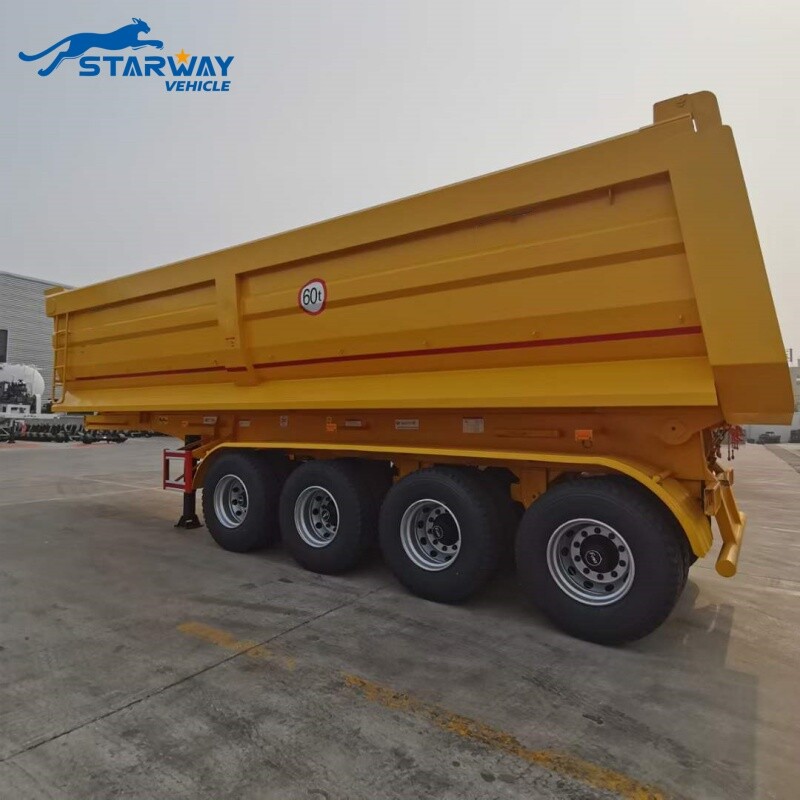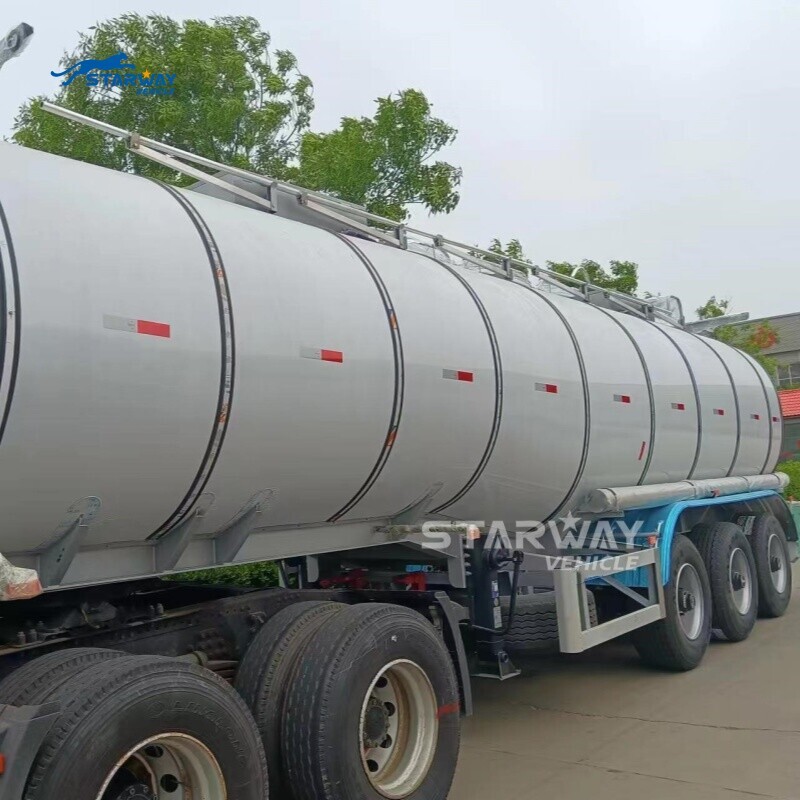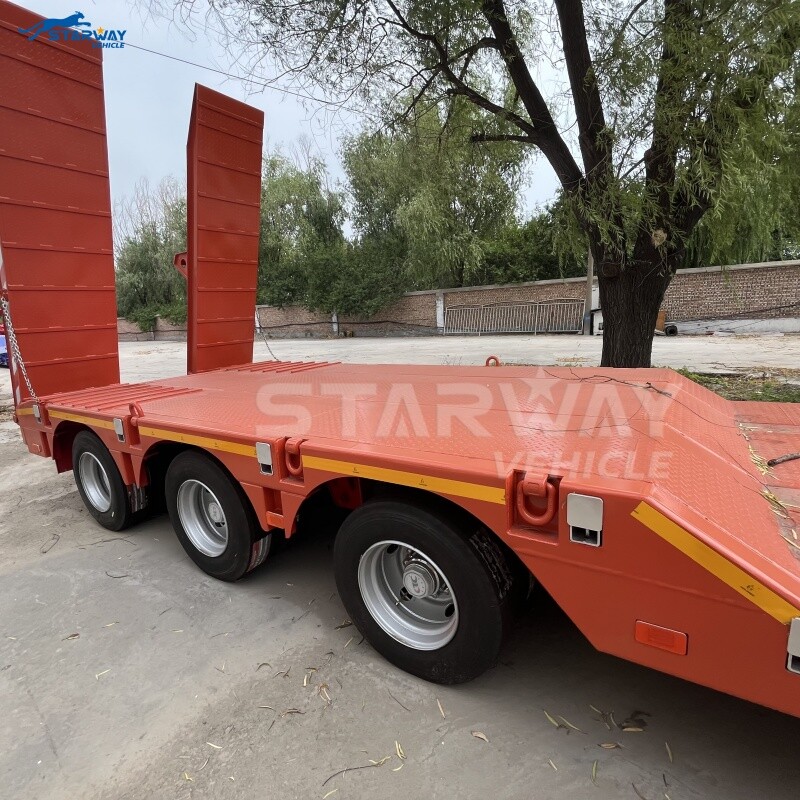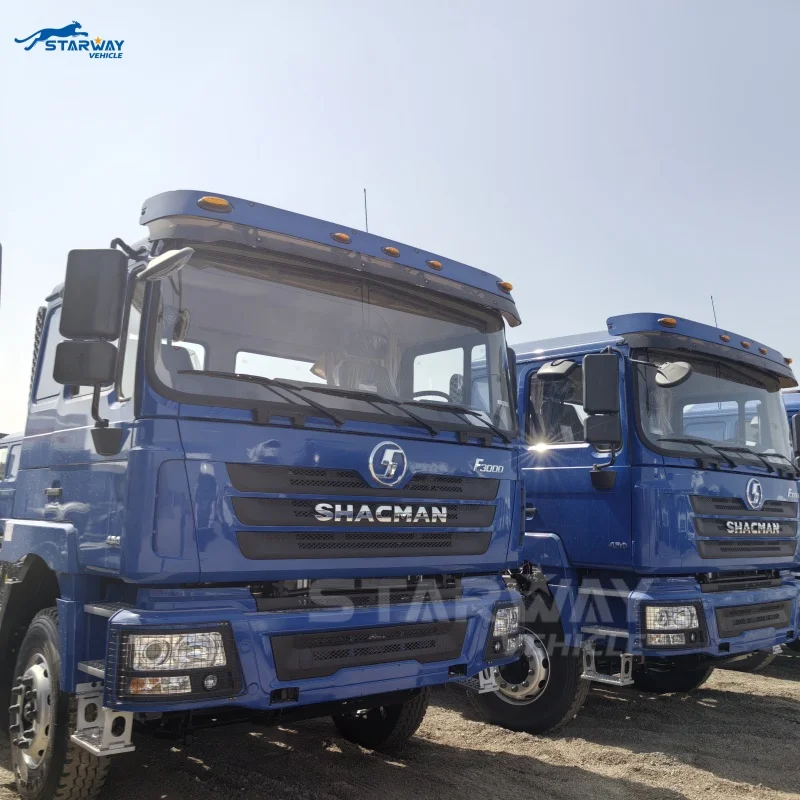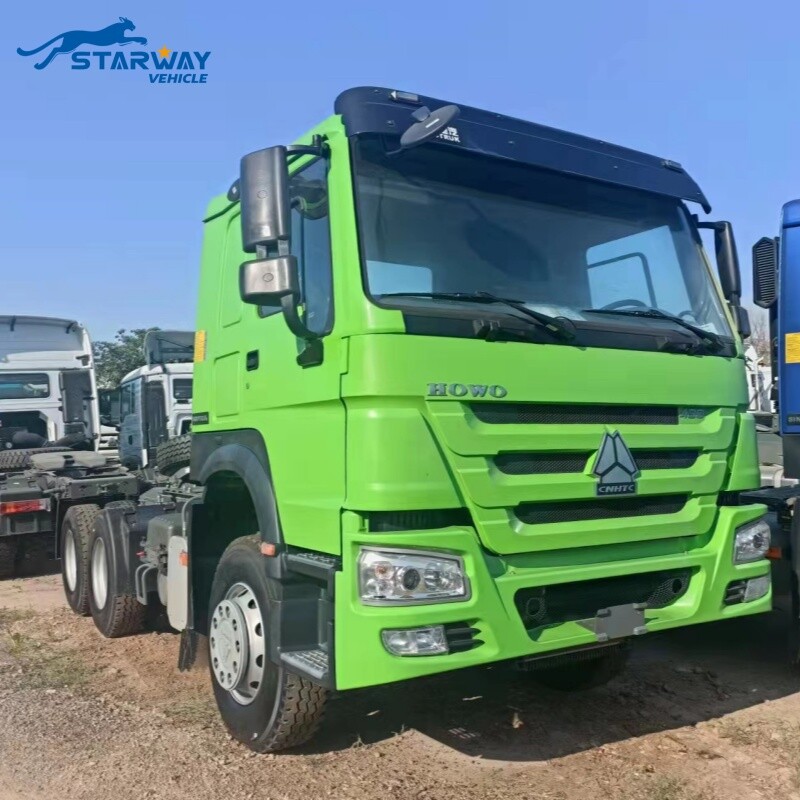Recent Posts
 How to Calculate the Optimal Payload for Your 4-Axle Tipper Semi Trailer2025-12-15
How to Calculate the Optimal Payload for Your 4-Axle Tipper Semi Trailer2025-12-15 Is Your Tanker Truck Wasting Fuel? 3 Common Issues to Check2025-12-09
Is Your Tanker Truck Wasting Fuel? 3 Common Issues to Check2025-12-09 How to Choose the Right Flatbed Trailer for Heavy-Duty Construction Projects2025-12-05
How to Choose the Right Flatbed Trailer for Heavy-Duty Construction Projects2025-12-05 Shacman vs. Competitors: Which Truck Delivers Better ROI?2025-11-26
Shacman vs. Competitors: Which Truck Delivers Better ROI?2025-11-26 Top 3 Maintenance Tips for Shacman Trucks to Avoid Downtime2025-11-26
Top 3 Maintenance Tips for Shacman Trucks to Avoid Downtime2025-11-26
Cut Costs: Low Bed Semi Trailer Specs That Improve ROI
Introduction
Understanding low bed semi trailer specifications is essential for engineering vehicle teams and decision-makers focused on cutting operational costs and improving ROI. This introduction highlights key design features—deck height, axle configuration, payload capacity, ramp arrangements, and materials—that directly affect transport efficiency, loading safety, and lifecycle maintenance costs. Whether you're an operator evaluating equipment, a technical assessor comparing OEM options, or a procurement leader establishing total cost-of-ownership, clear specs guide smarter investments and lower long‑term expenses. In practical terms, reading low bed semi trailer specifications means comparing measurable parameters: main beam height, plate thickness, axle capacity, tire size, king pin selection, and brake systems. When spec sheets are precise, fleet managers can forecast payload efficiency, fuel consumption differences due to aerodynamic profile, and probable maintenance schedules tied to components such as leaf springs and landing gear. For organizations that move heavy equipment, agricultural loads, or industrial modules, specific low bed semi trailer specifications reduce idle time and minimize damage claims during transit. From an ROI perspective, selecting a trailer whose materials and assembly meet international standards such as ISO 9001 manufacturing controls and GB/T national guidelines often lowers replacement frequency and warranty claims. The phrase low bed semi trailer specifications will reappear throughout this guide because consistent attention to those parameters informs procurement and lifecycle decisions that materially affect total cost of ownership.
Definition and Technical Explanation
Defining low bed semi trailer specifications means more than reading a brochure; it requires translating engineering details into operational outcomes. Low bed trailers, sometimes called lowboy or drop-deck trailers, prioritize a lower deck height to carry tall, heavy loads without exceeding legal height limits. Key specifications include deck thickness and materials—for instance, upper plate thickness of 12mm and lower plate thickness of 14mm indicate a durable load surface able to withstand concentrated stresses. When reviewing low bed semi trailer specifications, check the main beam height; a 500mm main beam height gives a balance of stiffness and clearance, reducing sag under high payloads and enabling stable hauling. Axle capacity is another critical metric: many designs specify 13/16 Ton axle ratings per axle, and configurations such as 2, 3, 4 axles or multi-axle setups adapt to permit legal gross weight distribution while optimizing road wear and fuel efficiency. Tire and rim choices—12R22.5 tires on 9.00*22.5 rims—affect rolling resistance and uptime; choosing widely available commercial sizes reduces replacement lead time and inventory complexity. Brake systems matter for safety and compliance; reputable brands like WABCO provide emergency valves and modular ABS solutions that integrate with modern tractor control electronics. The king pin size, often #50 (2") or #90 (3.5"), determines compatibility with different fifth-wheel standards and must match tractor units used in your fleet. In short, low bed semi trailer specifications are a matrix of structural dimensions, material choices—Q345/T700 grade steels, for example—and component ratings that together determine trailer performance, lifecycle costs, and safety margins.
Technical Performance, Standards, and a Practical Spec Table
Operators and technical evaluators benefit from seeing specifications aligned with standards and expected performance. When evaluating low bed semi trailer specifications, consider fatigue resistance, corrosion protection, and component serviceability. Electrophoresis painting and quality welding practices extend corrosion protection and reduce repaint cycles. Landing gear capacity such as 28 tons two-speed legs ensures stability during loading, and leaf spring dimensions—90mm*13mm*10 or 90mm*16mm*10—indicate load handling and ride characteristics that affect both cargo security and road stress. Below is a compact specification table that aggregates core technical parameters to assist side-by-side comparisons during tender evaluations or technical reviews.
Application Scenarios, Procurement Guidance, and Cost-to-ROI Analysis
Choosing the right trailer requires a procurement strategy that translates low bed semi trailer specifications into financial outcomes. For purchasers focused on coal, livestock, vegetables, or general cargo loading, modular designs such as fence cargo configurations and goose type frames offer flexibility. OEM/ODM options and SKD/CKD cooperation models reduce capital expenditure for large fleets. When you examine low bed semi trailer specifications with ROI in mind, model choices such as 2-axle versus multi-axle variants significantly alter per-trip payload limits, fuel consumption, and axle toll charges in some regions. For example, a multi-axle configuration may spread load better and avoid overweight fines, while a 2-axle setup can be cheaper to maintain if your average payloads are modest. Consider lifecycle costs: stronger materials like Q345/T700 prolong fatigue life; electrophoresis painting reduces corrosion-related maintenance; and components from recognized suppliers like WABCO reduce downtime risk. Also assess interchangeability of wear items: standardizing tire size 12R22.5 and rim 9.00*22.5 helps centralize spare stock and lowers per-unit replacement costs. The landing gear rating and leaf spring sizing affect turnaround times at loading sites; heavier-duty landing gear avoids costly jack failures and delays, improving asset utilization. If you need to compare specific offers, align tender documentation around a clear set of low bed semi trailer specifications—main beam height, plate thicknesses, axle ratings, braking technology, and painting/coating methods—and request lifecycle cost projections, including expected maintenance intervals, average downtime, and residual value forecasts. These metrics drive procurement decisions that improve ROI. For a concrete example of a robust configuration that balances payload and durability, consider the 40 Ton Drop Side Semi Trailer, which is designed to carry two 20ft containers or a 40ft cargo while offering strong structural components and flexible axle layouts.
Common Misconceptions, Case Example, FAQ, and Why Choose Us
There are several common misconceptions about low bed semi trailer specifications. First, many buyers assume thicker plates always equal longer life; while thickness helps, material grade and weld quality often matter more. Second, some think that more axles always mean better ROI; in reality, regulatory frameworks and route conditions determine the best axle strategy. Third, adhesives and paints are cosmetic; in saline or humid environments, high-quality electrophoresis painting significantly extends service intervals. A short case example: a regional logistics operator replaced an older fleet with trailers built to clear low bed semi trailer specifications—12mm upper plates, 14mm lower plates, 500mm main beams, and 13/16-ton axles—and saw a 14% reduction in maintenance spend and a 9% uptick in loaded km per month due to fewer breakdowns and faster turnaround. FAQ: Q1. How do I match king pin size? A1. Match the king pin (#50 or #90) to your tractor fifth-wheel spec; using the wrong size risks coupling failure. Q2. How important is landing gear capacity? A2. Very: undersized gear delays loading and risks collapse under unbalanced loads. Q3. Can side walls be removed to carry containers? A3. Some fence cargo or drop-side designs allow carrying a 20ft container without removing side walls; verify the spec. Why choose us? Shandong Starway Vehicle Co.,Ltd combines nearly 40 years of trailer-making experience, a strong technical team, and over 1200 workshop workers to guarantee delivery. We provide OEM/ODM flexibility and global export footprints, offering models and options that align precisely to low bed semi trailer specifications demanded by technical assessors and procurement teams. Contact us today to discuss tailored configurations, request technical drawings, or obtain a total cost-of-ownership analysis that aligns with your route network and cargo profile.
Contact & Call to Action: For expert consultations, detailed quotations, or to arrange a factory visit, reach out and reference goods-url-1032706. Our engineers will map your operational needs to clear, measurable low bed semi trailer specifications so you can cut costs and improve ROI with confidence.
Leave A Reply

